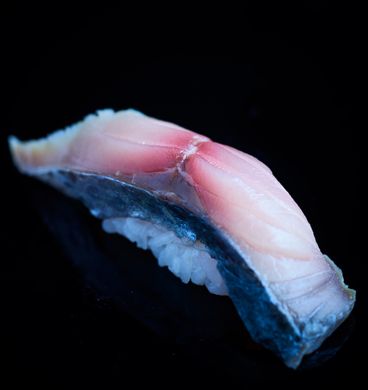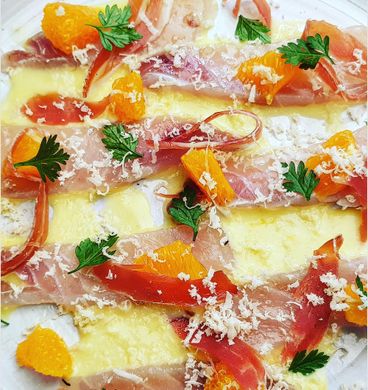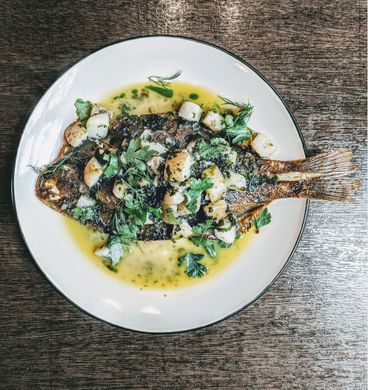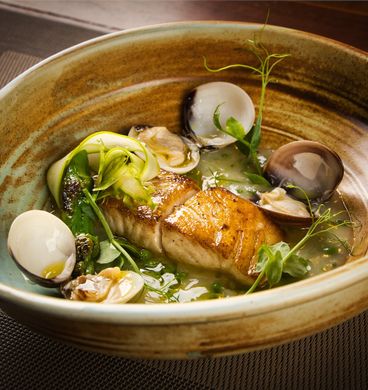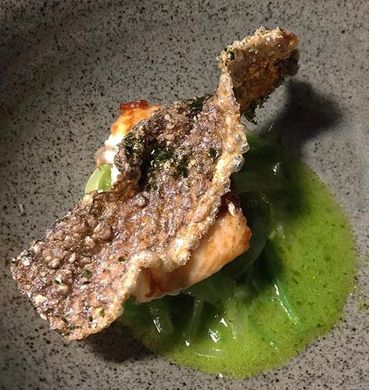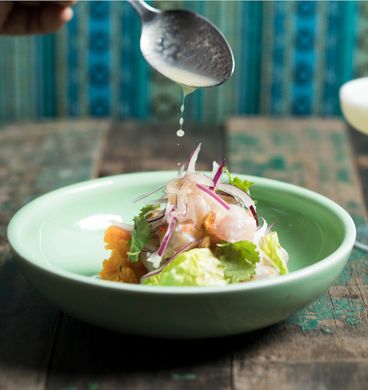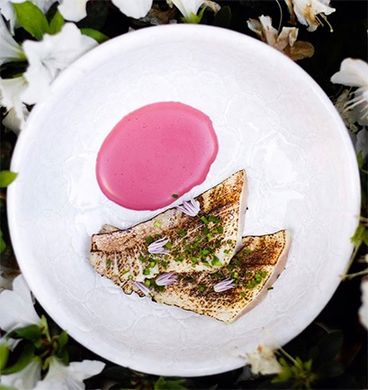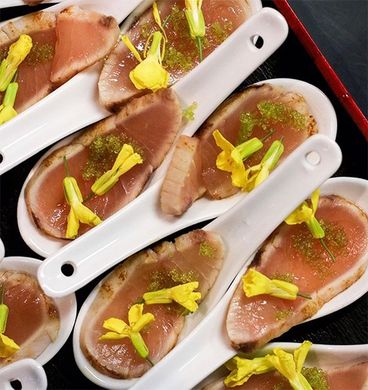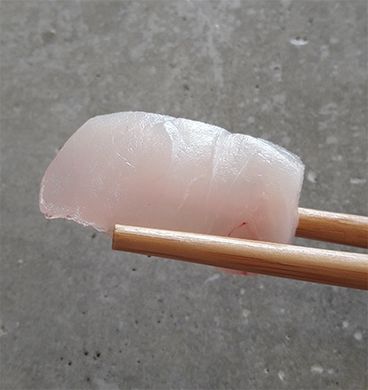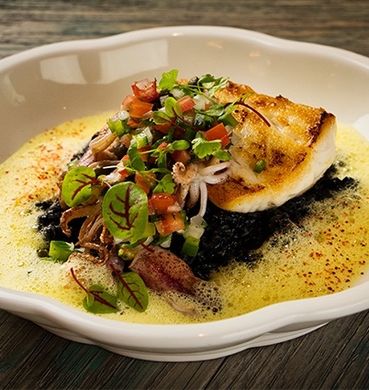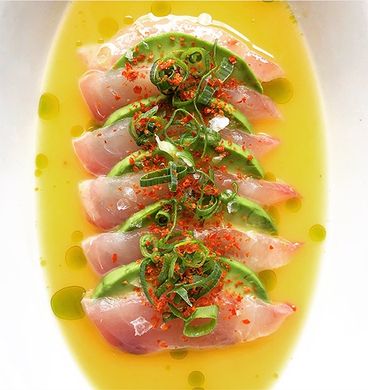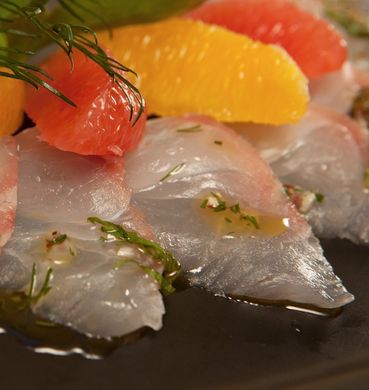Average boat length is around 13 metres, and has a skipper plus 1-2 crew onboard.
Specially designed circle-hooks are tied to a short length of nylon trace, and baited with pieces of pilchard or squid.
The main-line, or backbone, is slowly laid out upon the seafloor, with the baited hooks clipped at 1m intervals
After the entire main-line is laid, the skipper and crew pause for a quick cup of tea and then return to the start of the line and start hauling.
Each fish comes aboard the boat LIVE, one at a time and the crew remove the hook from its mouth. Certain species of bycatch and undersized fish can be set free to swim away. The rest are quicky spiked via 'iki-jime'.
'iki-jime' is the Japanese method of dispatching a live fish. It involves spiking the fish directly in the brain which kills it instantaneously, thus ceasing all physical and nervous activity within its body.
This process draws all the blood to the gut cavity, away from the prized flesh of the fish, and results in a much cleaner tasting fillet. It leads to a major increase in quality and renders the premium, final product well and truly 'sashimi-grade'.
After iki-jime, the fish enters a state of rigor mortis and its shelf-life is greatly extended so it reaches the customer in that 'just-caught' condition, even when they are on the other side of the world. And the flesh, once filleted has a transluscent appearance, firm texture and incredibly clean flavour... seafood at its purest.
Iki-jime is a lot of work - it means every single fish must be handled one at a time. It limits the amount of fish you can catch in a day because you have to devote time to every single one to make sure it is going to be optimum in quality. This methodology is artisanal instead of industrial. Quality vs Quantity. We think it's the right way to fish and so do every one of our customers.
After being dispatched via iki-jime the fish are put into a bath of ice & saltwater called a slurry. This is the fastest way to lower their core temperature.
Once their core temperature reaches 0° C they are packed into 'iki-bins' (belly down on a bed of ice). This is like a mini-refrigerator and keeps them cold and untouched for their journey to the factory.
Our refrigerated trucks meet the boats once they return to port, we use a pulley to lift the bins from the boat's hold to the truck.
Back at our factory each individual fish is taken out of its iki-bin and hand-graded for quality (size, colour, condition etc) and its destination market is chosen.
Once packed for export the catch heads all over the world. From our local NZ restaurants to as far afield as the USA, Europe and Asia. Always fresh. Never frozen.
